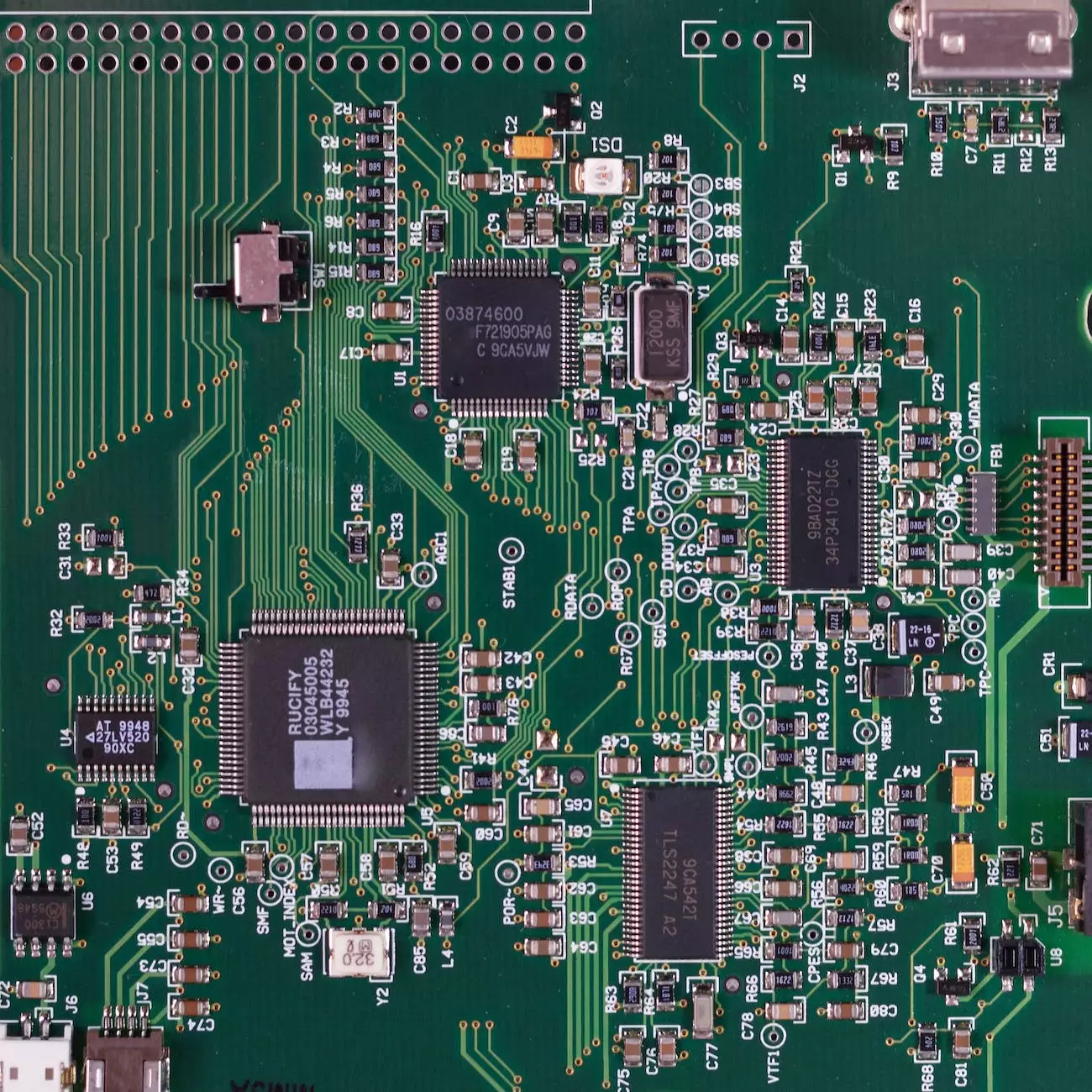Common Self-Service Kiosk Questions
Blog
Introduction
Welcome to RPM Design and Prototype, where we provide innovative solutions for self-service kiosk projects. In this article, we aim to answer common questions about self-service kiosks, ranging from their functionality and benefits to their implementation and customization. Whether you are considering integrating self-service kiosks into your business or simply seeking information about this technology, we have got you covered. Read on to gain a comprehensive understanding of self-service kiosks and how they can benefit your organization.
What are Self-Service Kiosks?
Self-service kiosks are interactive automated systems designed to provide users with a range of services and information without the need for human interaction. These kiosks can be found in various locations such as retail stores, airports, hospitals, and government offices, offering functions like product ordering, ticketing, wayfinding, and self-checkout.
Benefits of Self-Service Kiosks
Self-service kiosks offer numerous benefits for both businesses and customers:
- Improved Efficiency: By automating certain processes, self-service kiosks can significantly reduce waiting times and ease the workload of staff, leading to improved efficiency and customer satisfaction.
- Enhanced Customer Experience: Self-service kiosks provide a convenient and seamless customer experience by offering quick and intuitive access to information and services.
- Increased Sales and Revenue: By streamlining the purchasing process, self-service kiosks can boost sales and revenue. They can also offer upselling and cross-selling opportunities, maximizing customer spend.
- Effortless Data Collection: Self-service kiosks enable businesses to gather valuable data about customer preferences, behaviors, and demographics, allowing for strategic decision-making and personalized marketing campaigns.
- 24/7 Availability: Self-service kiosks operate around the clock, providing customers with access to services and information at their convenience.
Common Self-Service Kiosk Features
Self-service kiosks come equipped with various features that enhance their usability and functionality:
- Touchscreen Interface: Most self-service kiosks utilize a user-friendly touchscreen interface to facilitate easy navigation and interaction.
- Payment Processing: Many kiosks allow users to make secure payments through built-in card readers or mobile payment options.
- Barcode and QR Code Scanning: Kiosks often incorporate scanners to process barcodes or QR codes for activities such as ticket retrieval or product lookup.
- Multilingual Support: To cater to a diverse user base, self-service kiosks can offer language options, ensuring effective communication with customers from different backgrounds.
- Accessibility Features: Some kiosks include features like text-to-speech functionality, adjustable height, and compatibility with assistive devices to ensure accessibility for all users.
Implementing Self-Service Kiosks
When implementing self-service kiosks, it is important to follow a systematic process to ensure successful integration:
1. Identify Objectives and Use Cases
Define the specific goals you want to achieve through self-service kiosks and identify the use cases that align with your business needs. This could include tasks like information dissemination, sales transactions, or customer feedback collection.
2. Hardware and Software Selection
Choose the appropriate hardware and software components for your kiosk project. Consider factors like durability, security features, compatibility, and scalability.
3. User Experience Design
Create an intuitive user interface and design the kiosk's layout to ensure a seamless user experience. Keep in mind factors such as clear instructions, easy navigation, and attractive visuals.
4. Integration and Testing
Integrate the chosen hardware and software components, ensuring that they work harmoniously. Thoroughly test the kiosk's functionality, including its ability to handle different scenarios and potential user interactions.
5. Deployment and Maintenance
Once the kiosk has passed all tests, deploy it in the desired locations. Establish a maintenance plan to regularly monitor and update the kiosk's software, ensuring optimal performance and security.
Customization and Branding
Self-service kiosks can be customized to align with your brand identity and enhance the user experience. Consider the following elements for effective customization:
- Branded Design: Incorporate your brand colors, logos, and visual elements into the kiosk's physical appearance and digital interface.
- Personalized Content: Tailor the content displayed on the kiosk to reflect your brand voice and provide relevant information to users.
- Promotions and Advertising: Utilize the kiosk's screen space to showcase promotions, ads, or cross-promote other products or services offered by your business.
Contact RPM Design and Prototype for Expert Guidance
If you are considering incorporating self-service kiosks into your business or have any further questions, our team at RPM Design and Prototype is here to help. We specialize in designing and prototyping innovative kiosk solutions tailored to our clients' specific requirements. Contact us today to schedule a consultation and explore the possibilities of self-service kiosks for your organization.




